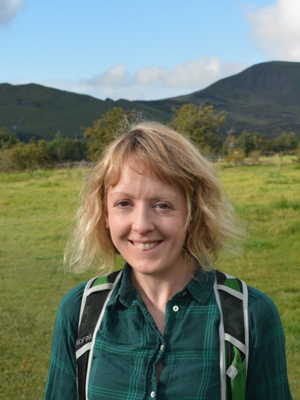Britain is home to an incredible variety of ancient forts, ruins and majestic castles that each tell the history of the country and the people that once lived in them. With dramatic turrets, drawbridges, moats and dungeons to explore, our guide to Britain's best castles takes a look at the history of each castle and provides information on how to visit.
How many castles are there in the UK?
There are more than 4,000 castles dotted around the UK. Many of the UK’s castles began life as Bronze or Iron Age forts, built to provide defence against potential invaders. Forts tended to be built on high ground which offered good visibility of the surrounding landscape.
The Roman Invasion saw many of Britain’s hill forts occupied as defence sites once again. However, mass castle building in Britain dates back to the Norman era during William the Conqueror's reign when hundreds of large stone castles were built throughout England for protection.
The first Norman castles were motte-and-bailey castles, a wooden or stone keep set on an artificial mound called a motte, surrounded by an enclosed courtyard or bailey. This in turn was surrounded by a protective ditch and palisade.
These early medieval castles used the motte and bailey system with ditches, but later the trend in the 13th century saw stone castle building gain popularity.
Here, we take a look at a selection of the best castles in the UK.
Best castles in Scotland
Edinburgh Castle, Edinburgh
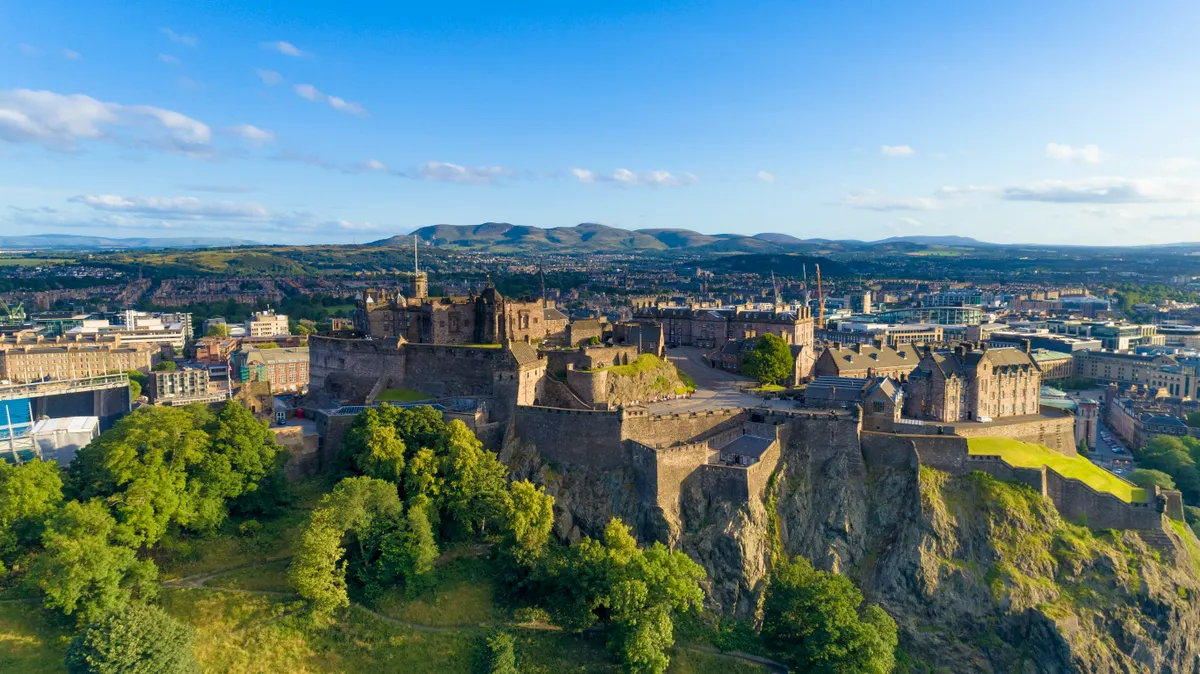
Carved into the mountainside, Edinburgh castle is an impressive sight that dominates the skyline. Providing spectacular views over the city, this iconic Scottish castle is well-worth a visit.
With its towering fortress, Medieval and Georgian architecture and maze of ancient streets, Edinburgh is also a wonderful city to explore on foot. But away from the centre, there are hidden corners that tourists, and even some residents, never discover. This circular route follows the Water of Leith Walkway through this idyllic valley, before returning along a disused railway now turned into a traffic-free path.
Tantallon Castle, East Lothian
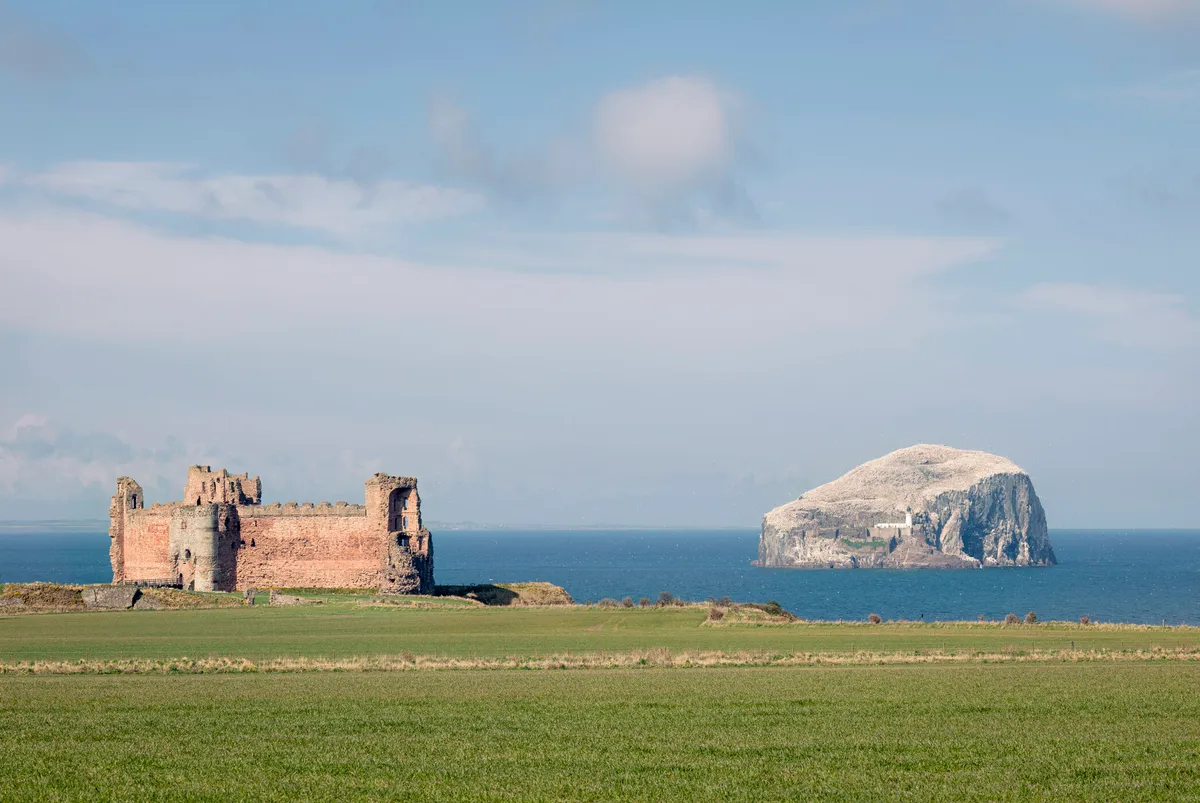
Belonging to the Red Douglas dynasty, Tantallon castle is the last example of a medieval wall castle to be built in Scotland. Built in the 1350s, this castle remained in use for three centuries and is now owned by Historic Scotland.
- Enjoy a walk from Dunbar to North Berwick
- Guide to Berwick and Borders: where to stay and eat, places to visit and best walks
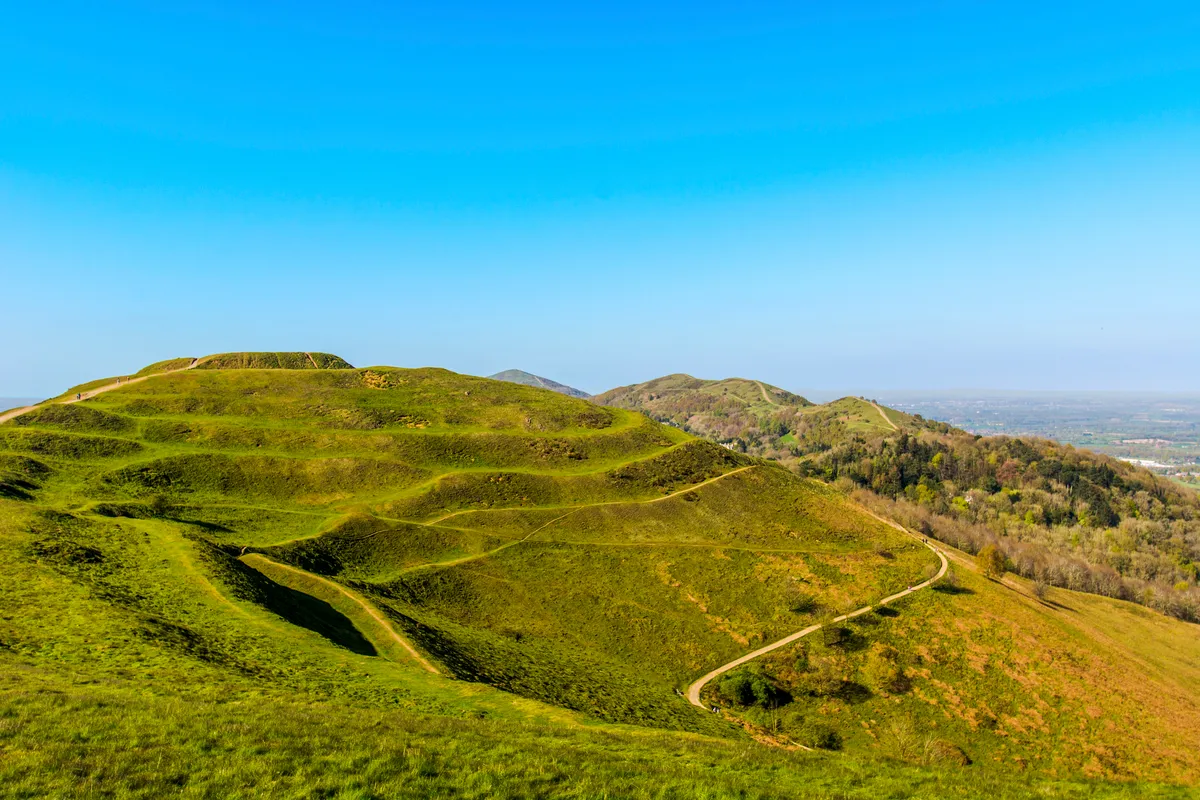
Inverness Castle, Inverness
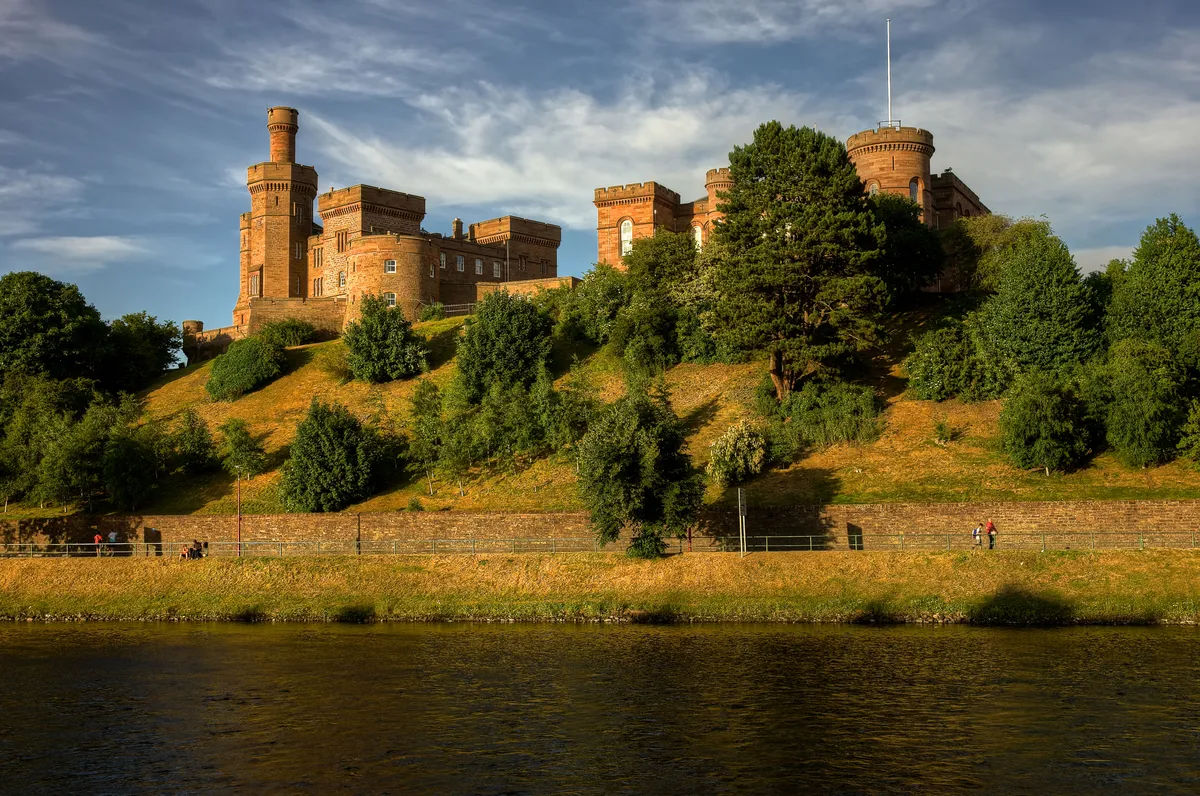
The castle as we see it today is relatively modern as it dates back to the 1830s, after being built on 11th century foundations. Only the grounds and an impressive viewing point are currently open to the public, yet this spectacular red sandstone castle is worth experiencing.
- Day out: Culloden Moor, Inverness
- Guide to Assynt in north-west Scotland: where to stay, places to visit and great walks
Dunnottar Castle, Aberdeenshire
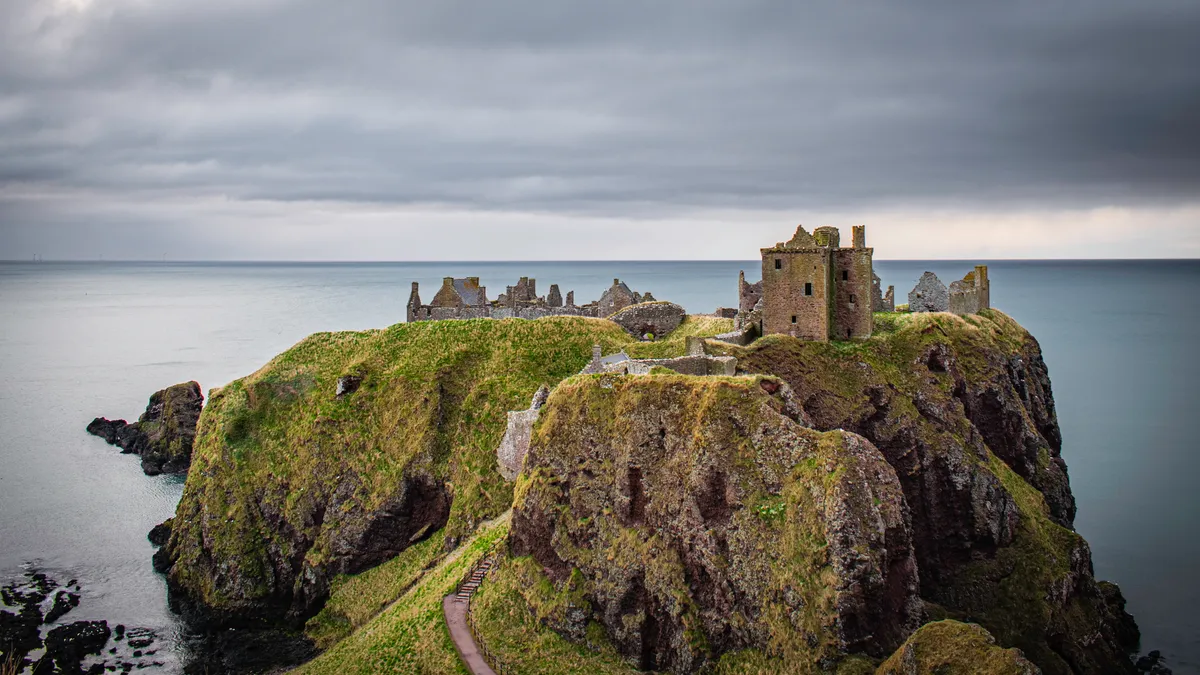
This dramatic medieval castle sits on a rocky headland in Scotland’s north-east coast. This castle is famous as the home in which the Scottish crown jewels were hidden from Oliver Cromwell’s army. Having been restored in the 20th century, the castle is open to the public. There's a spectacular 5-mile walk to the castle from the coastal town of Stonehaven.
Stirling Castle, Stirling
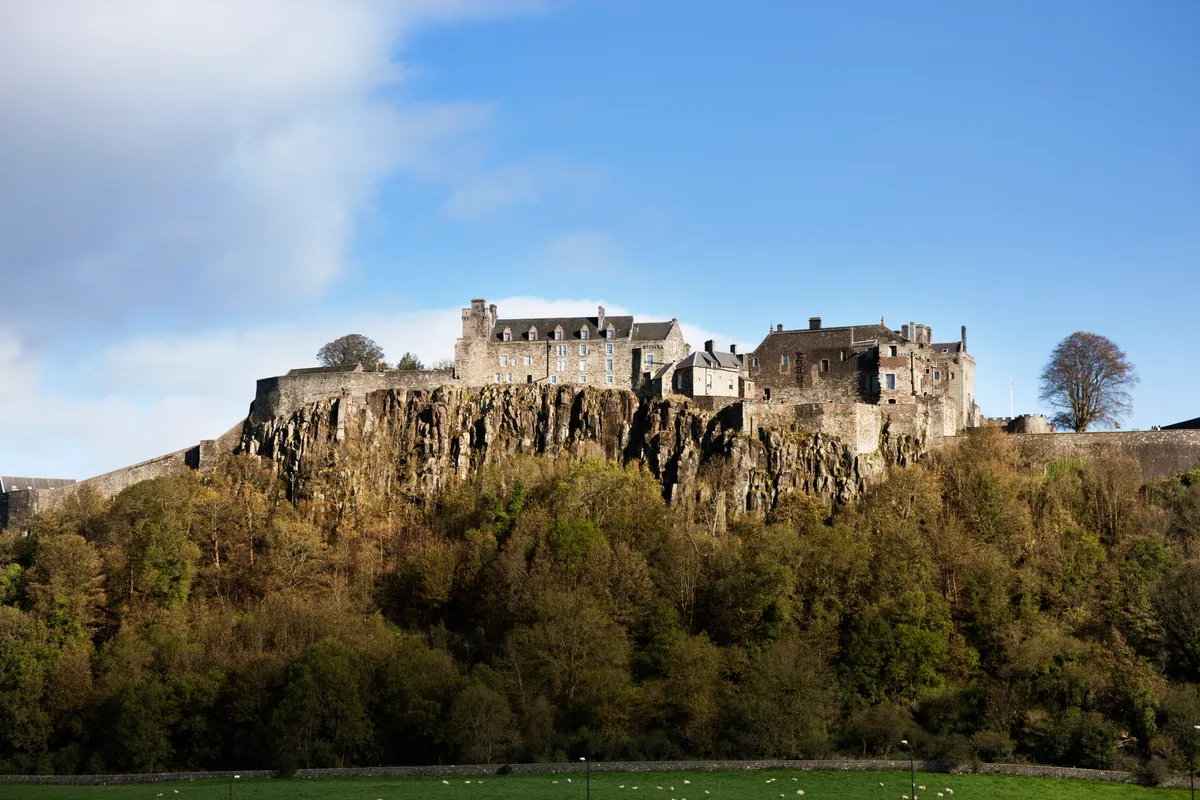
Stirling is home to one of the largest Scottish castles. Mary, Queen of Scots was crowned at this castle and it was often used as a royal palace for Scotland.
Day out: Bracklinn Falls, Stirlingshire
Dumbarton Castle, Dumbartonshire, Scotland
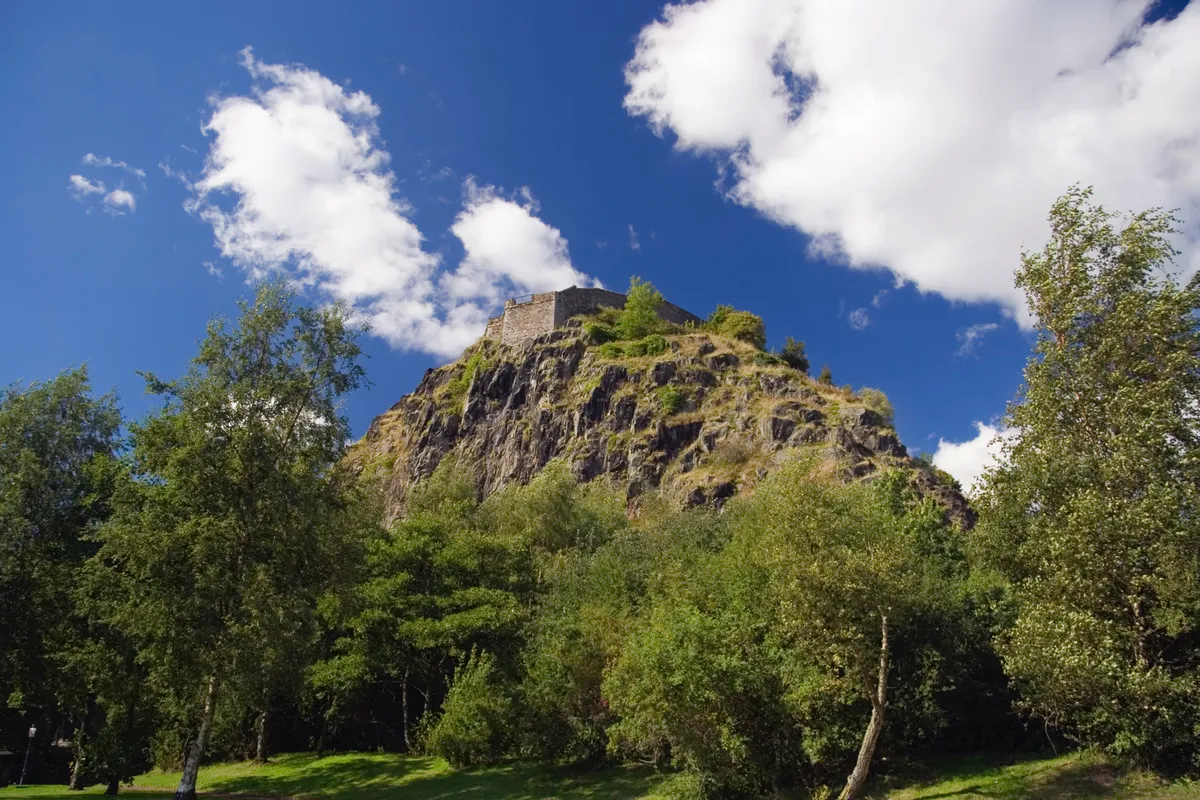
South of the centre of Dumbarton and beyond the River Clyde lies a twin-peaked volcanic slab of rock stretching 240 feet high. Embedded into these rocks is Dumbarton Castle, a mountain stronghold so dramatic you’ll be forgiven for thinking you’ve wandered into Middle-Earth. The castle even has a set of steps leading up to the White Tower crag – a name mentioned in Lord of the Rings as a nickname for the fortress of Gondor.
Dumbarton Rock has been mentioned in records dating back to the 5th Century, but the castle itself is not mentioned until medieval times. You’ll need to be willing to climb a lot of stairs to navigate Dumbarton, but those willing to strap on some walking boots and conquer over 500 steps will be treated to sumptuous views over the River Clyde, Loch Lomond and Argyll.
Doune Castle, Doune, Scotland
Doune Castle offers a magnificent gatehouse stretching 100 feet high, a splendid Duke’s Hall with a carved oak screen, full musician’s gallery and a rich history as the home of the first Duke of Albany. But all that pales in comparison to John Cleese leaning his head over the parapets, yelling the legendary insult in an inimitable French accent, “your mother was a hamster, and your father smelled of elderberries!”
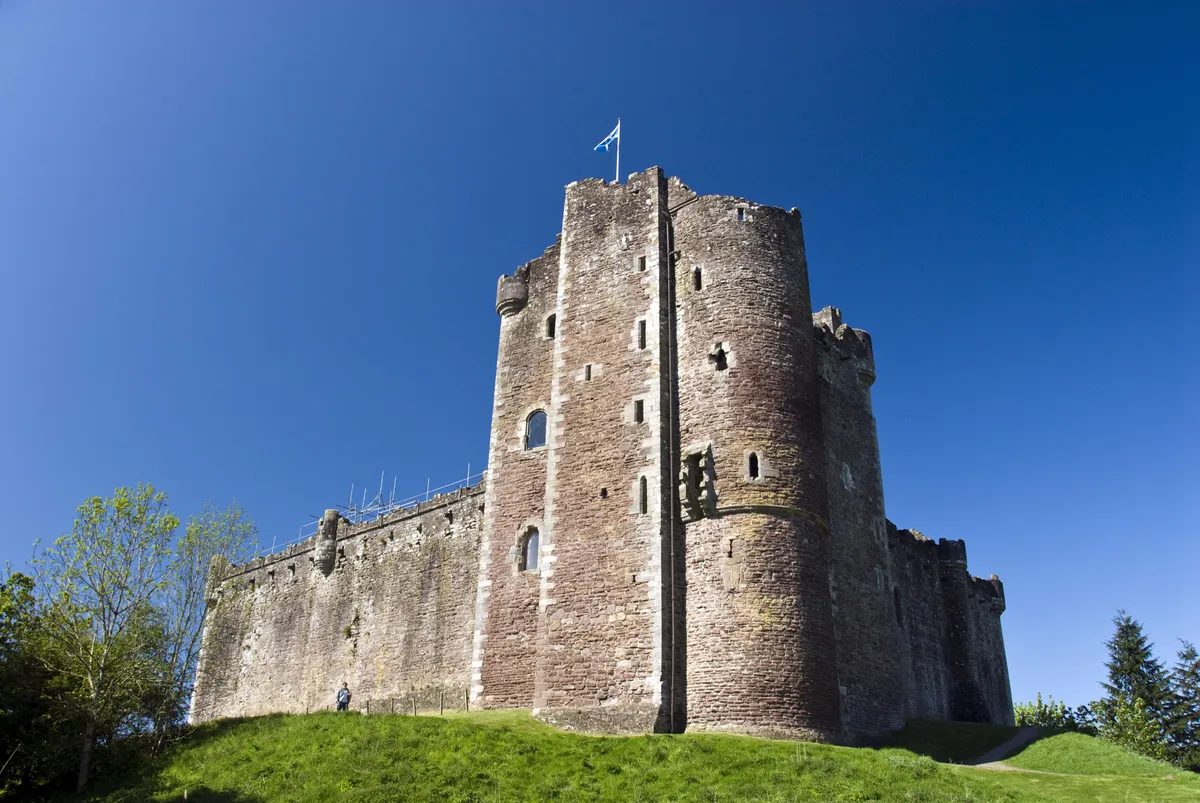
As the filming location of Monty Python and the Holy Grail, Doune’s walking audio tour is narrated by Python Terry Jones, cementing the link this castle has with the modern media. As the castle is toured, sharp eyes will recognise locations from more modern programmes and films such as Outlander and Game of Thrones. The reason for all this TV work is the ambitious architecture and lush green surroundings of this castle, making it the archetypal medieval fantasy fortress.
Best castles in England
Tintagel Castle, Cornwall
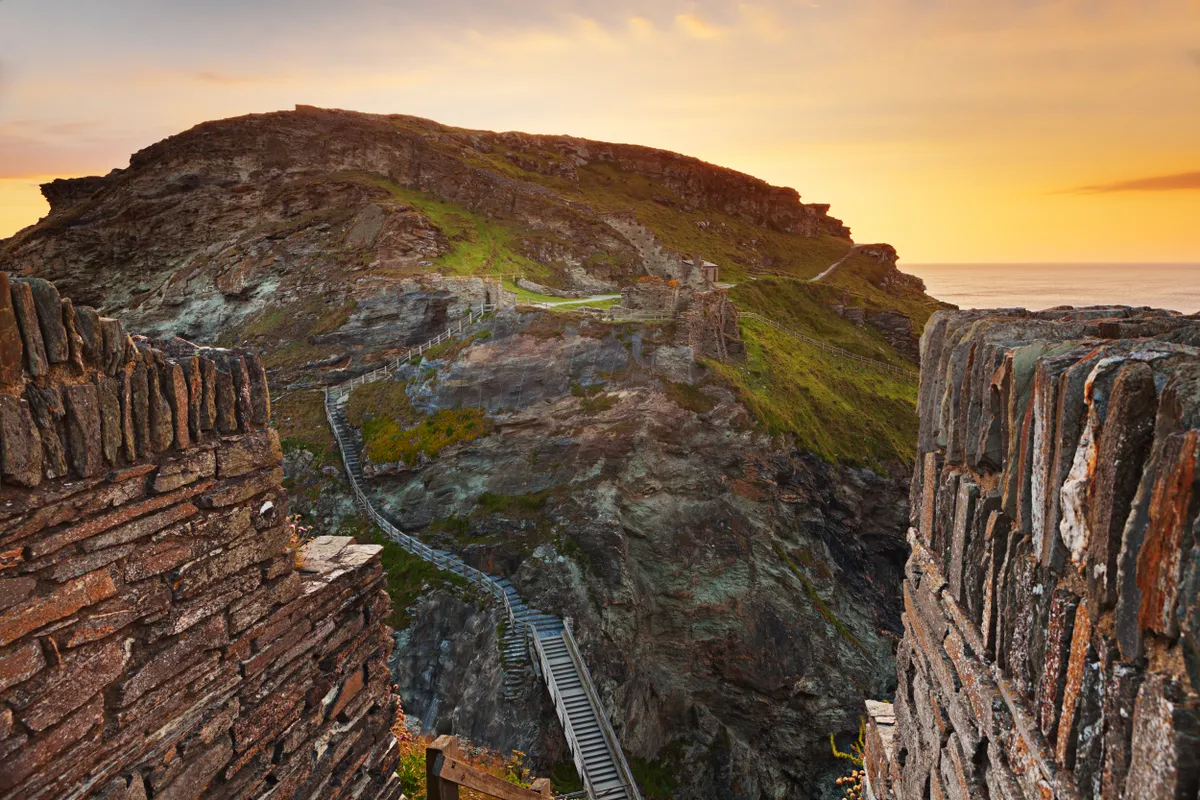
Tintagel Castle in North Cornwall remains a place of myth and legend. It is rumoured to be the birthplace of King Arthur, and is a sacred site in Arthurian lore which was named by Geoffrey of Monmouth in his 12th-century tome Historia Regum Britanniae. This ancient association is the reason Richard of Cornwall chose the spot for his own castle in 1233. A suitably spectral sculpture of the legendary king greets castle guests.
St. Michael’s Mount, Cornwall
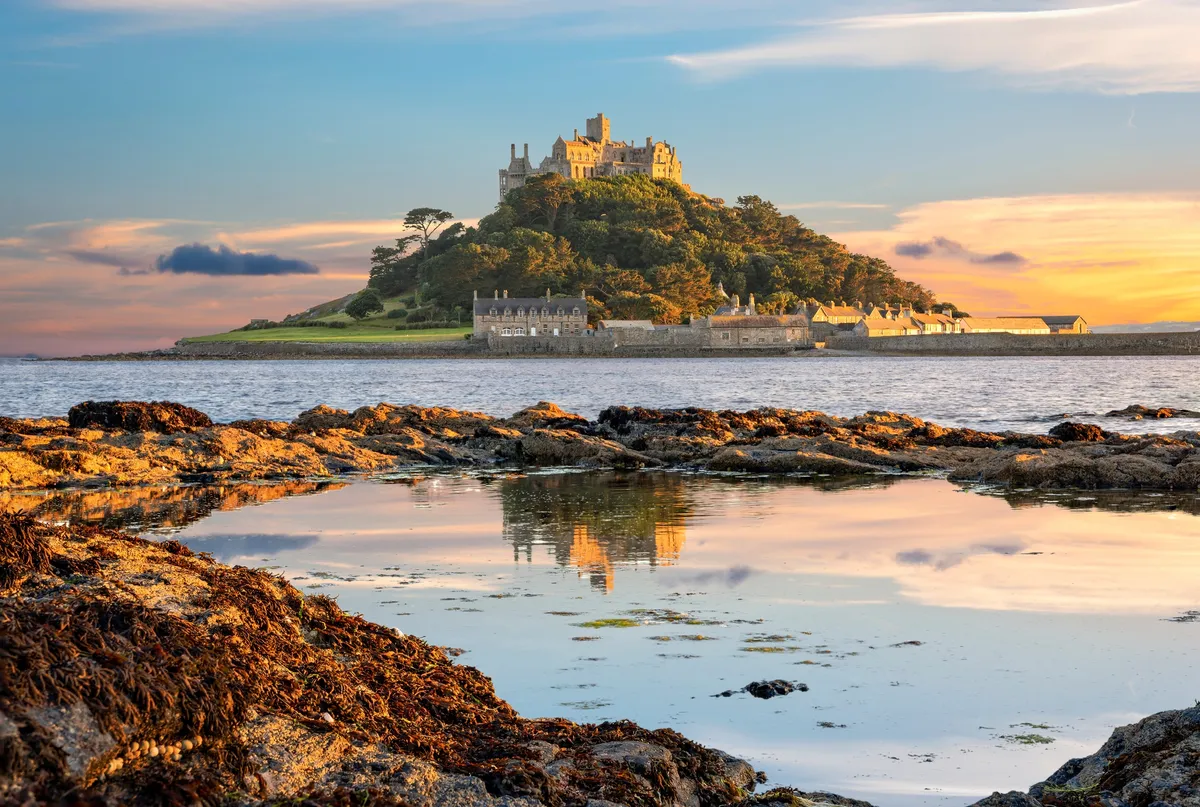
Off the coast of Marizon in Cornwall lies a small tidal island. When the tides are low enough, the cobbled causeway to this fairytale-like place is traversable on foot. A scant 500 metres away from the mainland, the isle of St. Michael’s Mount is home to a small village and 30 islanders, some idyllic gardens and, of course, the formidable-looking castle, which has become an icon of the Cornish coast.
The views, causeway and blooming gardens are big attractions, but the magnificent castle is the icing on the cake, perfectly offset by the swells of turquoise water around the island. Have fun exploring the little village at the foot of the Mount – just don’t be caught out by the tide!
Pengersick Castle, Praa Sands, Penzance

A slender but impressive building, Pengersick Castle has watched over Praa Sands since the 12th century. The Tudor Towers were constructed after the original Pengersick family entered a dynastic marriage in the late 1400’s. However, despite renovations that are going on to help restore the castle to a bit of its former glory, the castle is rumoured to be still inhabited.
A woman seen walking through a wall. A young girl haunting the battlements. Electrical equipment failing. Pengersick Castle has been rumoured to hold over 20 ghosts, and has been featured on the television programme Most Haunted.
Warwick Castle, Warwickshire
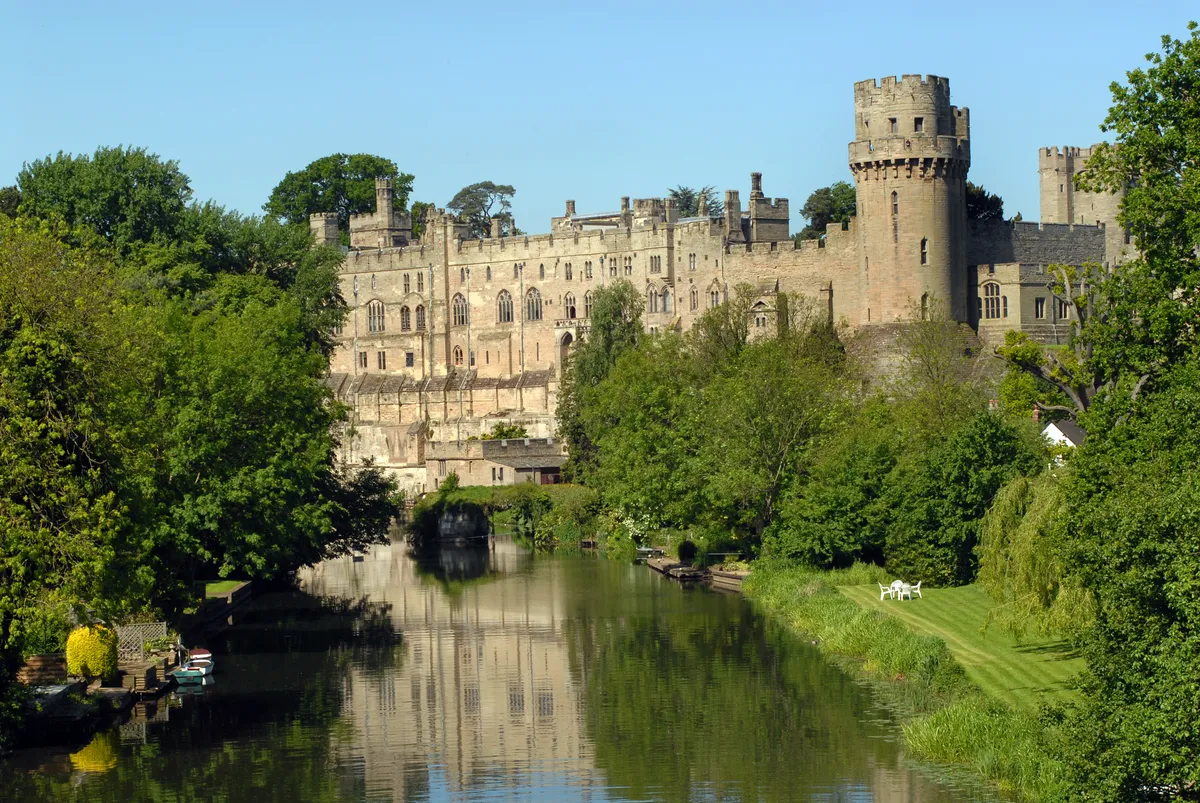
Warwick Castle has witnessed some of the most significant periods in British history – William the Conqueror built a wooden motte and bailey on the site of a Saxon fortification in 1068, then throughout the Middle Ages successive Earls of Warwick rebuilt the castle in stone. By the 14th century, it was a towering medieval stronghold.
Attacked in 1264, besieged in 1642 and damaged by fire in 1871, the castle has endured a turbulent history – it played a pivotal part in the War of the Roses and became a Parliamentarian stronghold during the English Civil War.
Barnard Castle, County Durham

Graceful towns, bustling villages and a rich heritage tucked away amid glorious countryside – it’s no surprise that the Tees Valley features in several works by one of England’s favourite artists, landscape painter JMW Turner.
At its heart is Barnard Castle – ‘Barney’ to locals – a mellow market town with a firm reputation as a centre for antiques.
Set between the moors and the Tees gorge, its nucleus is the gaunt castle draped along river cliffs, while an equally eye-catching if rather bizarrely placed French château is now an antique buff’s Valhalla, home to the startling art collection of the hugely wealthy Victorian industrialist John Bowes. The surrounding valleys are perfect for an easy autumn ramble, working up an appetite for an afternoon’s browsing and picking in Barnard Castle’s shops.
Lindisfarne Castle, Northumberland
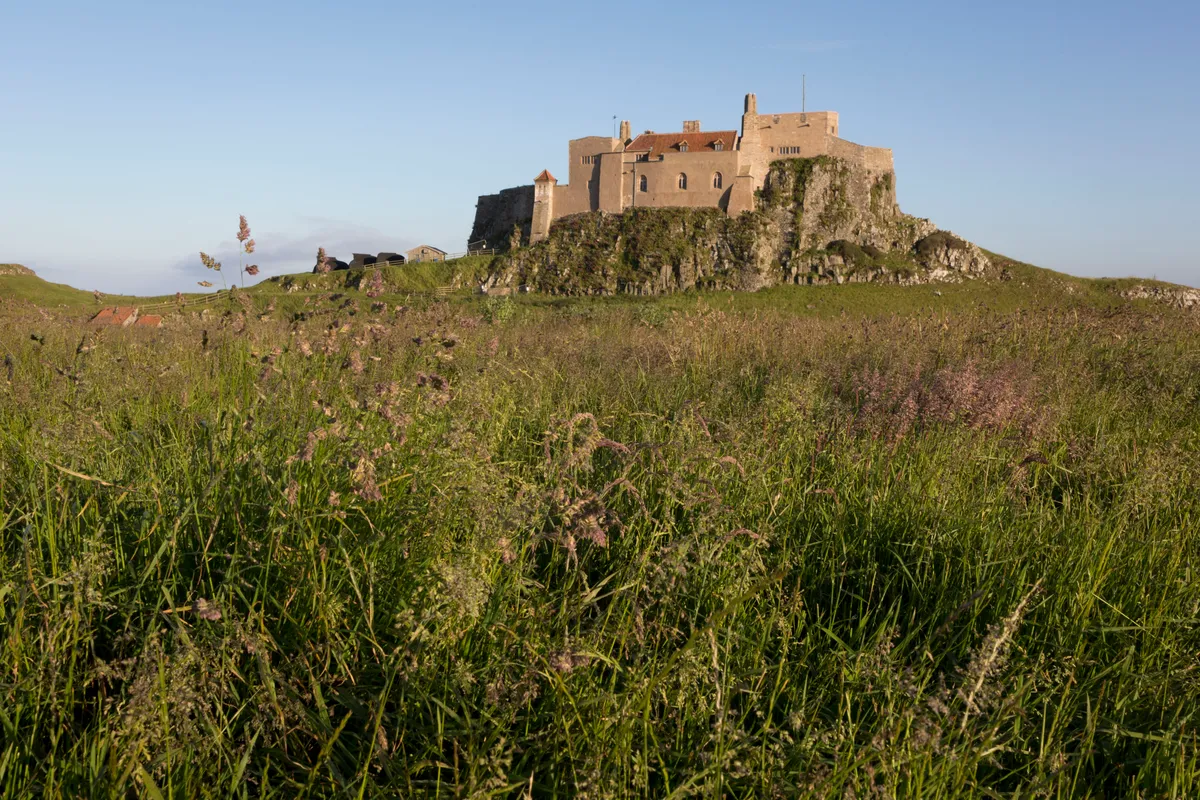
Lindisfarne stands guard over Holy Island, reached by a 3-mile long causeway at low tide. The castle sits atop a volcanic mound and was built in the 16th century from stones acquired from the dissolved priory.
What particularly appeals to me is the castle’s split personality; outside it is a classic fortress while inside you find an Edwardian country house, designed by the architect Sir Edwin Lutyens. And though it is battered by northeasterly winds, delicate flowers thrive in the little walled garden designed around 100 years ago by Gertrude Jekyll, the plant expert who worked with Lutyens.
Windsor Castle, Windsor
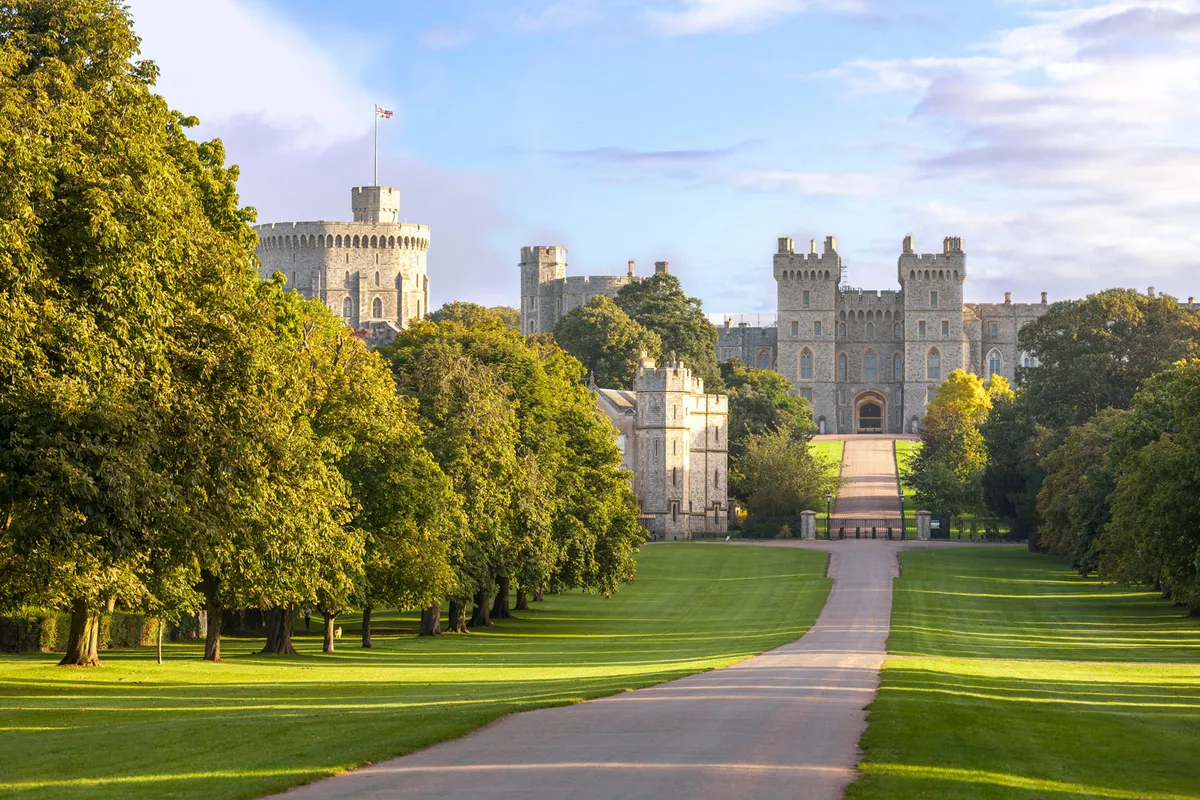
Windsor is the oldest and largest occupied castle in the world. An official residence for Her Majesty the Queen, and venue for the royal wedding of Prince Harry and Meghan Markle. The original site of Windsor Castle was chosen and built by William the Conqueror in around 1070 to guard the western approach to London from a potential attack.
- The 10 most beautiful royal gardens in the UK
- Spectacular royal palaces, castles and houses to visit
Castle Rising, Norfolk
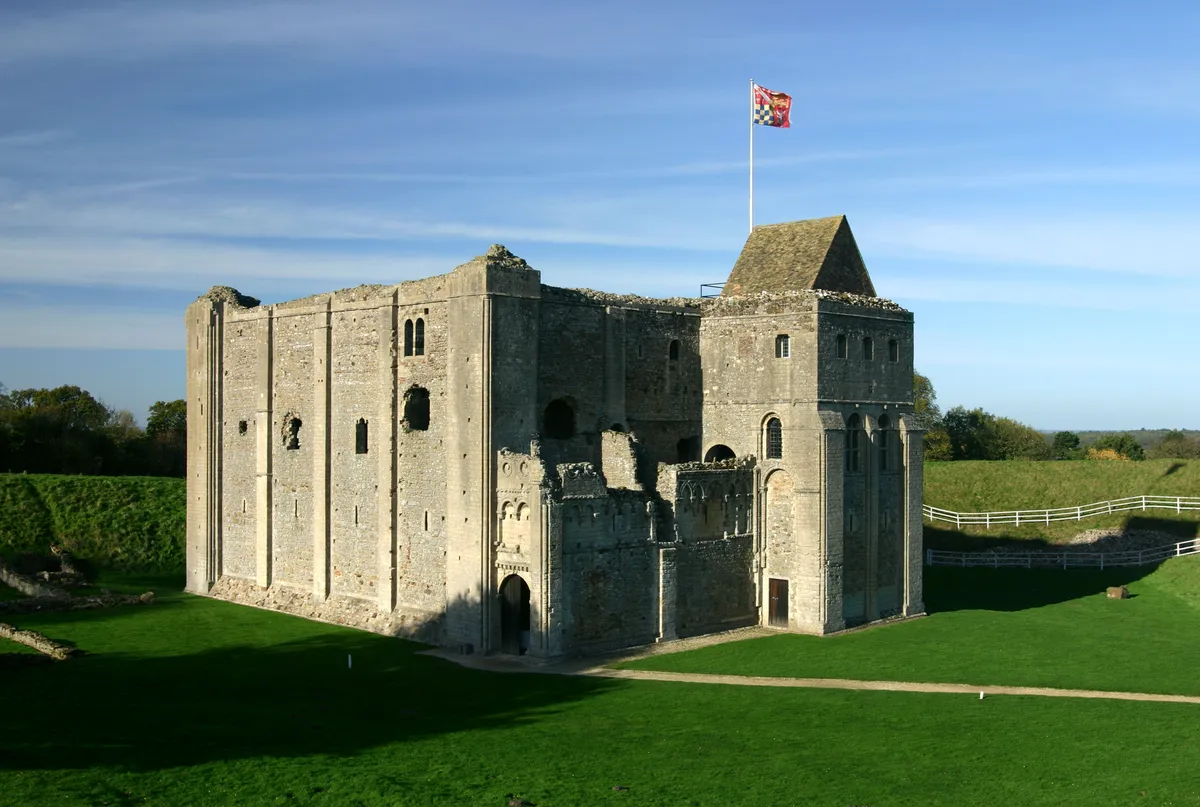
Castle Rising Castle was built by William d'Aubigny, Earl of Arundel in about 1150. The castle was the home of the disgraced Isabella of France, Queen consort of Edward II of England, from 1330 until her death in 1358
Muncaster Castle, Cumbria
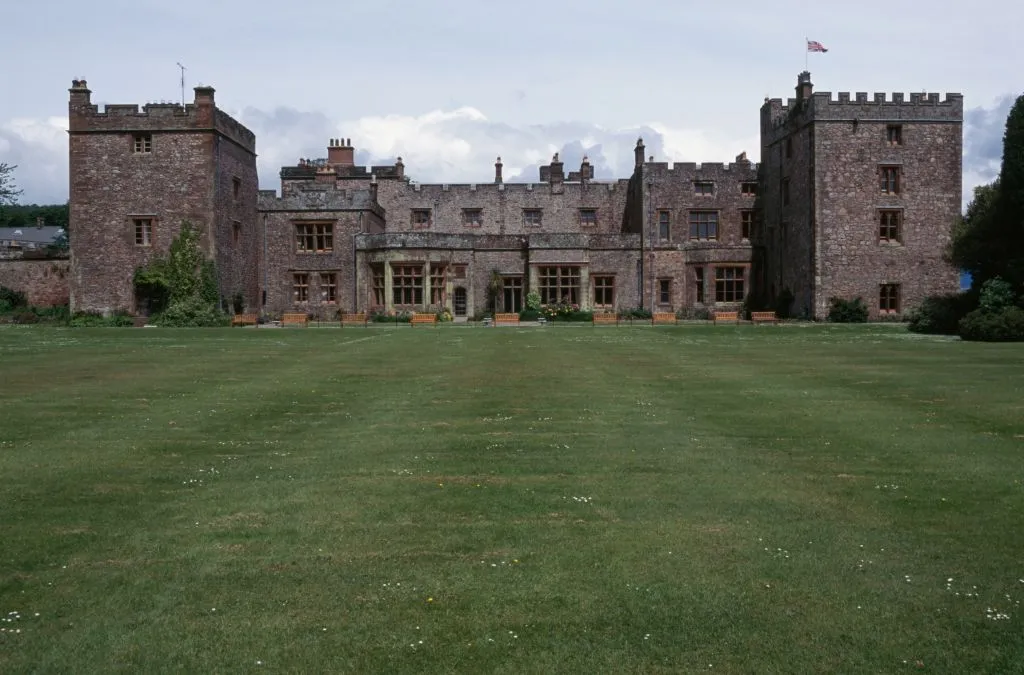
Rumoured to be one of Britain’s most haunted castles, a trip to this castle is not for the faint-hearted! Muncaster castle is a Mecca for paranormal researchers, with visitors complaining of being haunted in the Tapestry Room, by a child crying and a woman singing. There are also many tales revolving around Tom Fool, aka Thomas Skelton, who is rarely seen but believed to play tricks on staff and visitors. The Muncaster Boggle, or White Lady is supposedly the ghost of Mary Bragg, a young girl killed in the early 1800s on a road near the Main Gate.
Scotney Castle, Kent
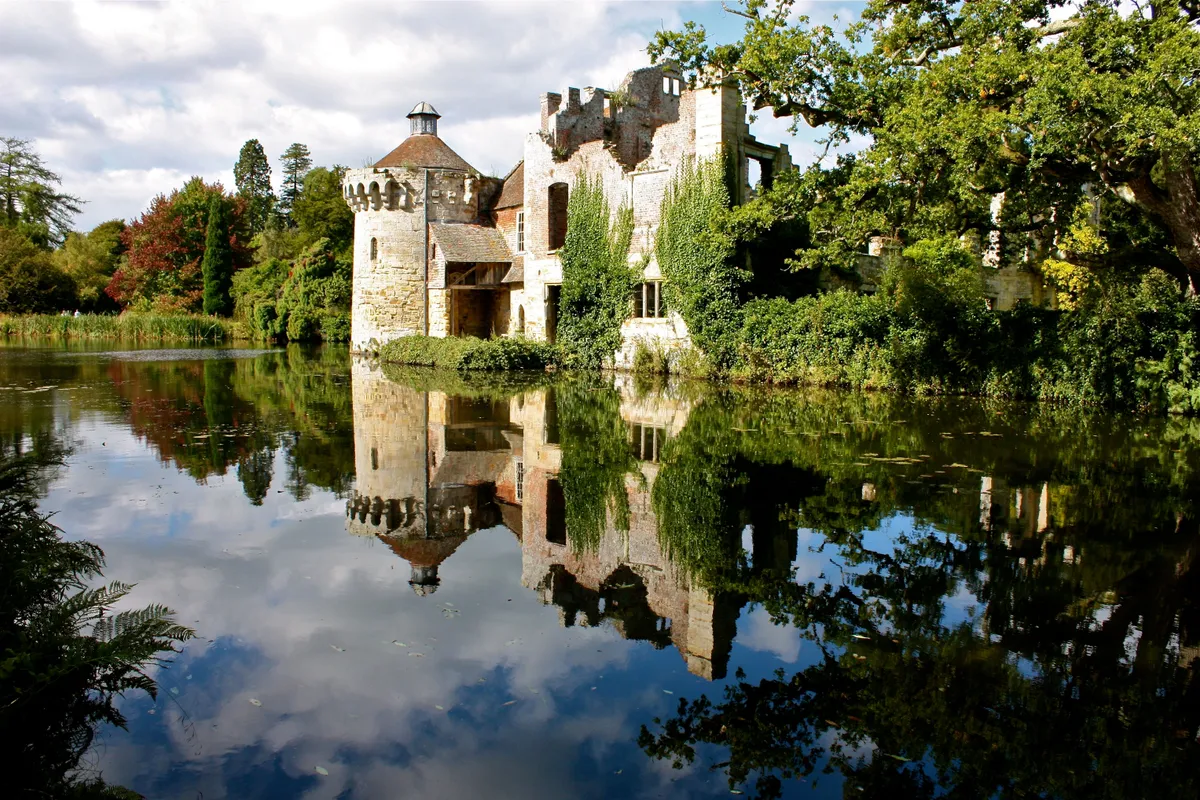
A moated castle and pictorial gardens make Scotney one of the most romantic estates in England. Now owned by the National Trust, this castle has numerous events going on, such as being able to climb a tree (using harnesses!), and outdoor theatre shows.
Berkeley Castle, Gloucestershire
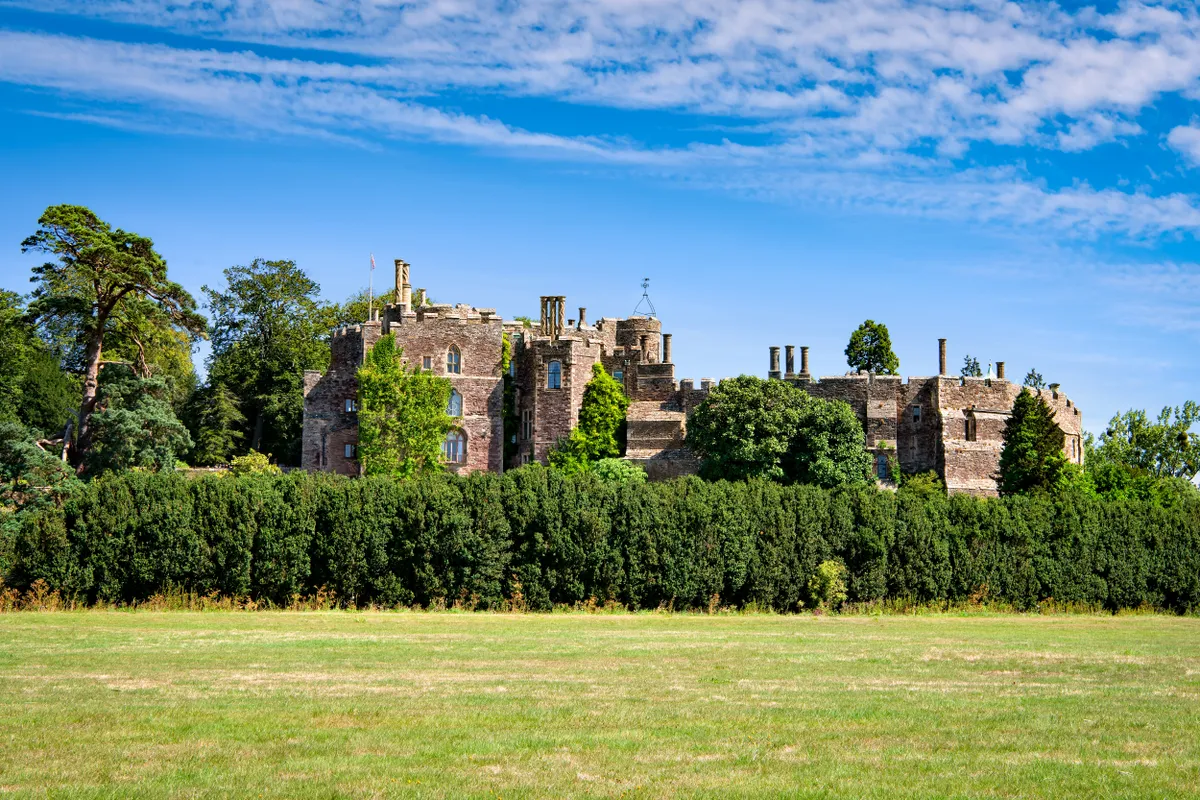
What this wonderful castle lacks in size it more than makes up for in history. Owned by the Berkeley family for 900 years, it has a notorious claim to fame: while being held prisoner there, King Edward II was murdered, and you can see the room where the dastardly deed was done. He met his grisly end in 1327 on, it would seem, the orders of his queen, Isabella (who led a revolt against him and forced his abdication) and at the hands of an assassin armed with a red-hot poker. His magnificent tomb is in nearby Gloucester Cathedral.
Among Berkeley’s treasures is the chest used by Sir Francis Drake during his voyages on the Golden Hind. In the village of Berkeley there is a museum dedicated to a local doctor, Edward Jenner, who pioneered the use of vaccination to prevent smallpox in the 1790s.
Corfe Castle, Dorset
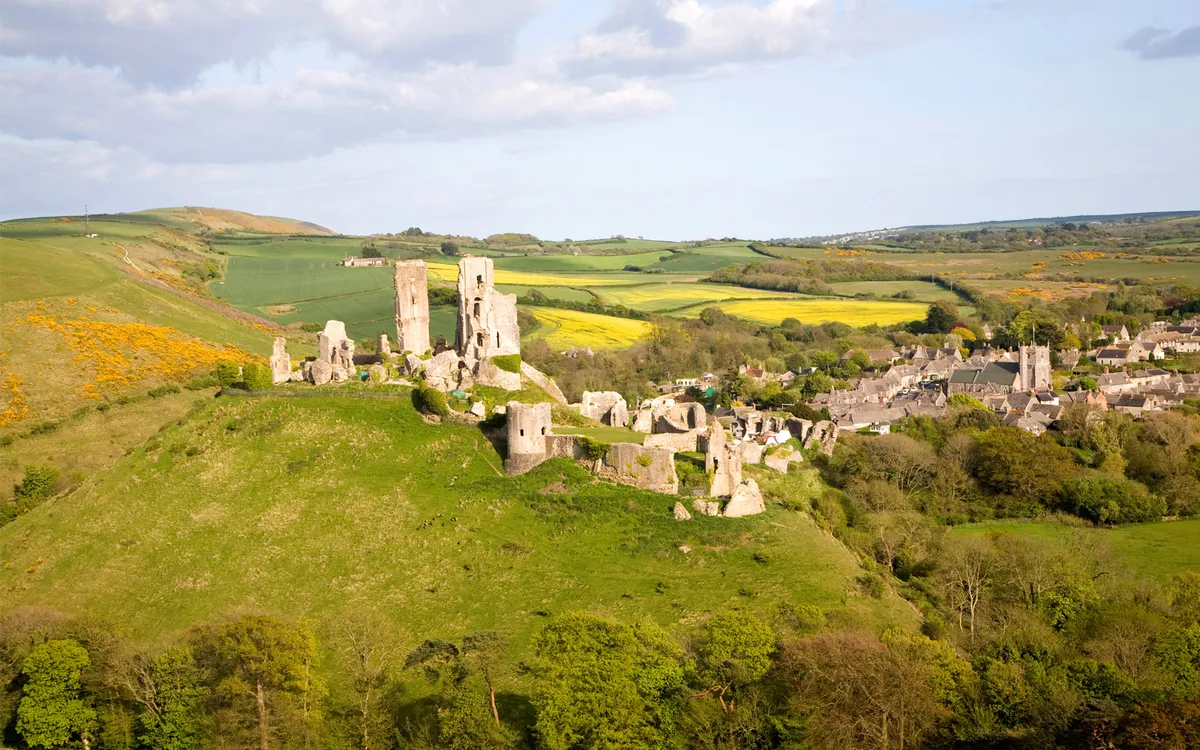
The dramatic ruins of what was one of England’s greatest strongholds, Corfe Castle shares a connection with Berkeley Castle – another king Edward was murdered there. After stag hunting in the nearby forest in 978, Edward the Martyr called on his stepmother Elfryda at Corfe. She’s said to have offered him a goblet of wine then had him stabbed in the back, which gives a whole new meaning to the concept of a wicked stepmother.
Corfe was a favourite of King John, who added luxury touches and many defences. Around 400 years later, during the English Civil War, it was twice besieged. During the second siege, an act of betrayal saw Parliamentary troops disguised as Royalist reinforcements gain entry, and they set about demolishing the castle to leave the ruins we see today. Many houses in the village below were built from its stones.
Belvoir Castle, Leicestershire
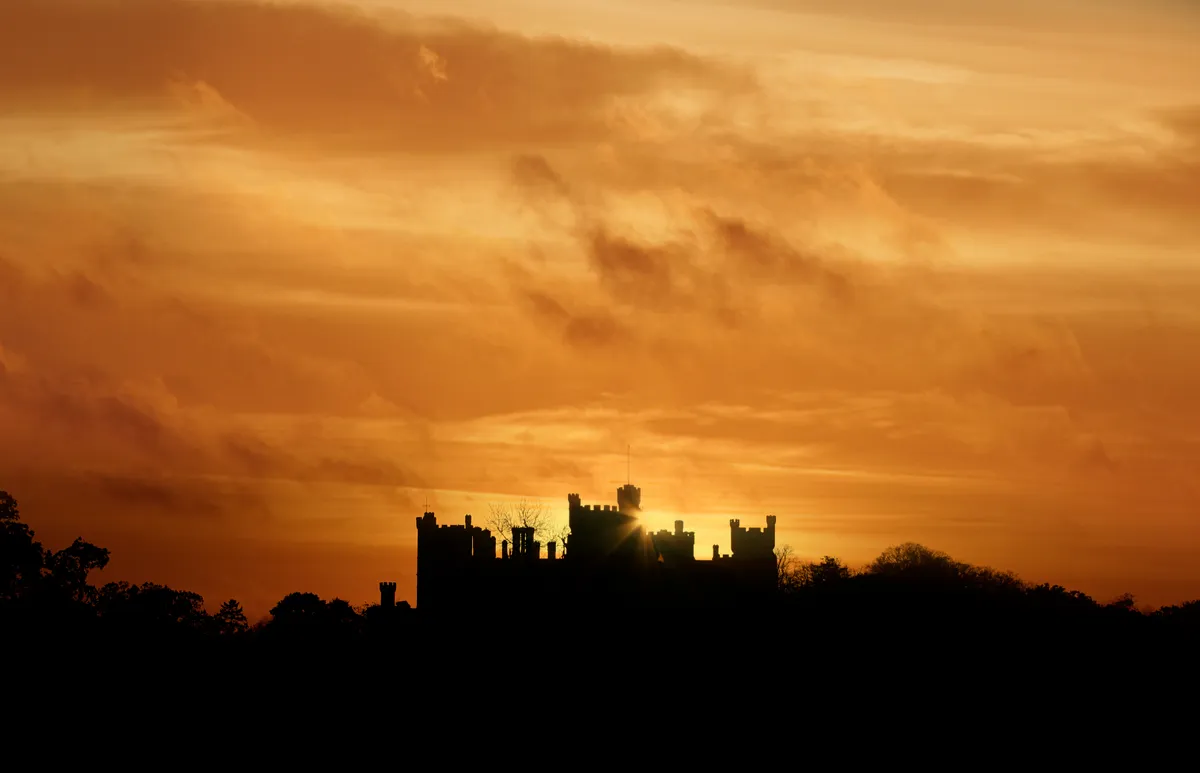
When the Normans built a castle on a hilltop in Leicestershire, they called it Belvoir – ‘beautiful view’. Three castles on the same spot later, the name still holds true, even though it is now pronounced ‘beaver’. From the ramparts you can enjoy the wonderful view of rural Nottinghamshire and Lincolnshire for yourself.
Back in 1840, the 5th Duchess of Rutland remarked that her home did not look much like a castle, so it was rebuilt in Norman and Gothic style. Just recently Belvoir was transformed into Windsor Castle and Buckingham Palace for scenes in the new film The Young Victoria, but it is magnificent in its own right. Perhaps the castle’s greatest treasure is Holbein’s famous full-length portrait of Henry VIII.
Best castles in Wales
Conwy Castle, Conwy
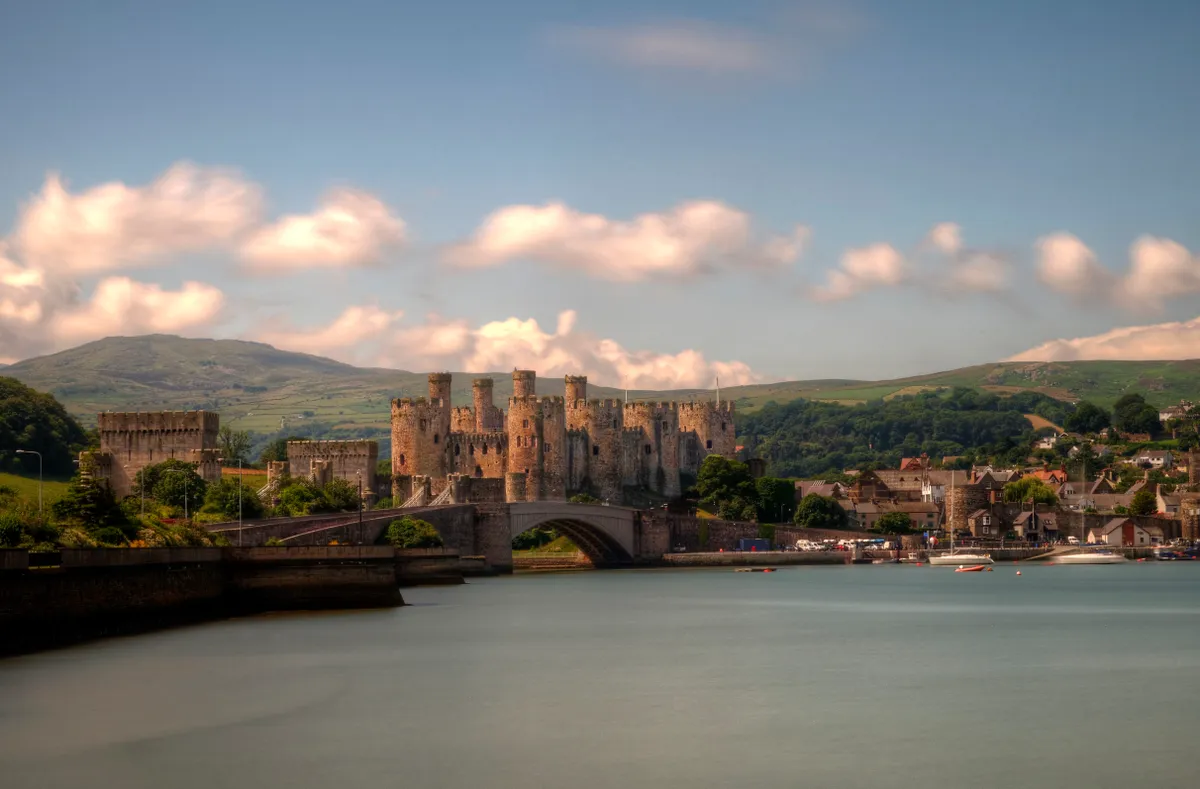
Conwy Castle was built between 1283 and 1287 by Edward I, who filled his walled town with English merchants and banished the Welsh to the hills – but times change.
Now Welsh flags flutter in the turrets. Costa Coffee came and went, muscled out by the merchants’ legacy: a multitude of independent shops and cafés.
Caernarfon Castle, Gwynedd
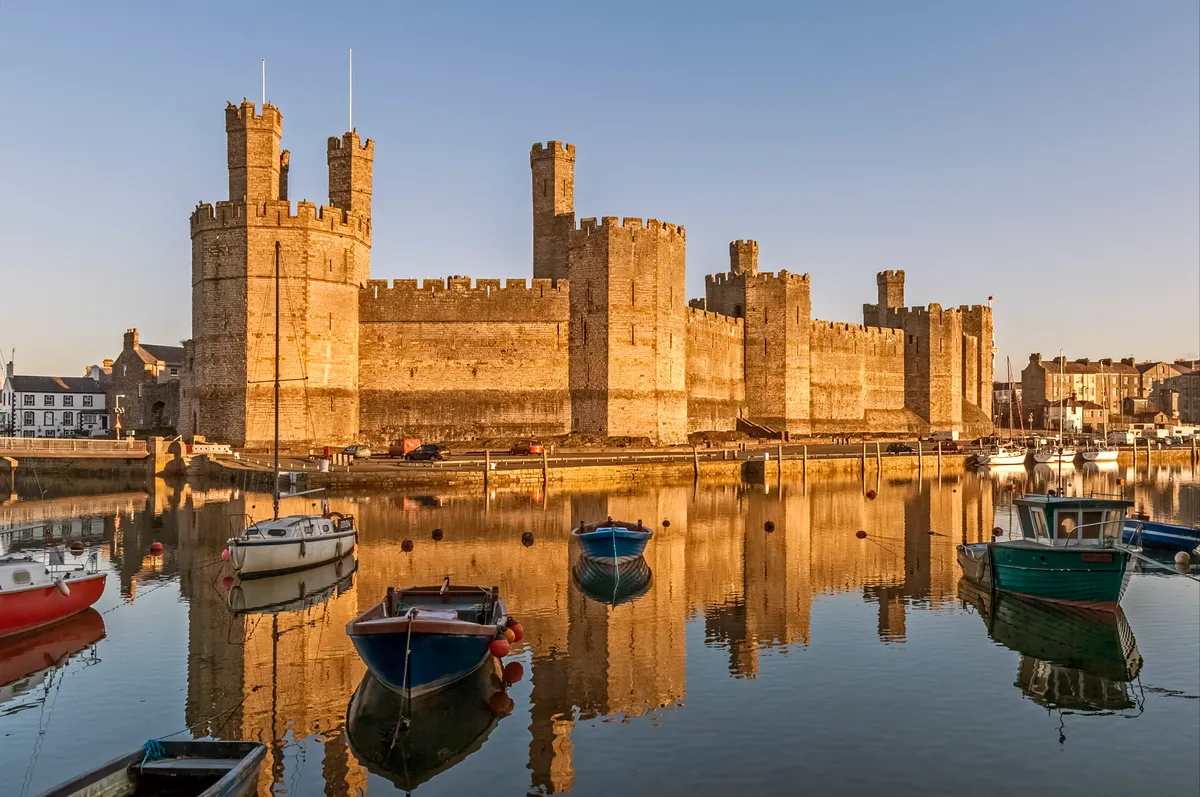
The grandeur of Caernarfon Castle takes your breath away. Looking little different from the day it was completed nearly 700 years ago, it is said to have been modelled on the Roman city of Constantinople.
The castle was the birthplace of the first English Prince of Wales in 1284 and the title has been given to the eldest son of the reigning monarch ever since. The castle witnessed the investiture of Prince Charles in 1969. There has been a fortress on the site overlooking the River Seiont and the Menai Strait since Roman times. King Edward I of England built the present castle after defeating the Welsh princes Llywelyn and Dafydd; it was one of several castles he ordered – others include Conwy and Harlech – to show who was in charge in Wales.
Caerphilly Castle, Caerphilly
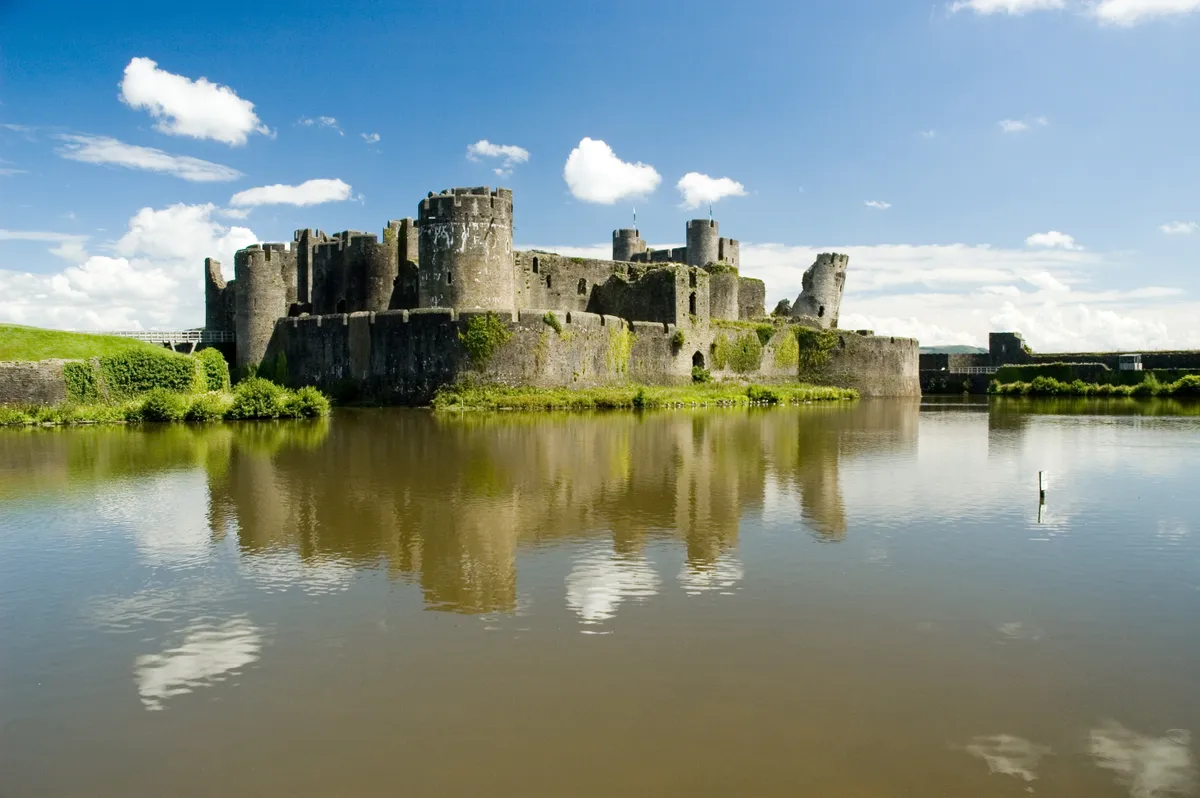
Dominating the heart of Caerphilly, this awe-inspiring 12-hectare fortress is the second largest in Britain, behind only Windsor Castle. Commissioned by Gilbert de Clare in his bid to defy Welsh prince Llywelyn ap Gruffudd, it was built in a rapid three years, between 1268 and 1271.
The first concentric-circle fortification in Britain, its design – on an island surrounded by artificial lakes – made it a formidable bastion. Allow two or three hours to explore the gatehouse rooms, restored and reroofed Great Hall, and the recreated wooden fighting platform.
